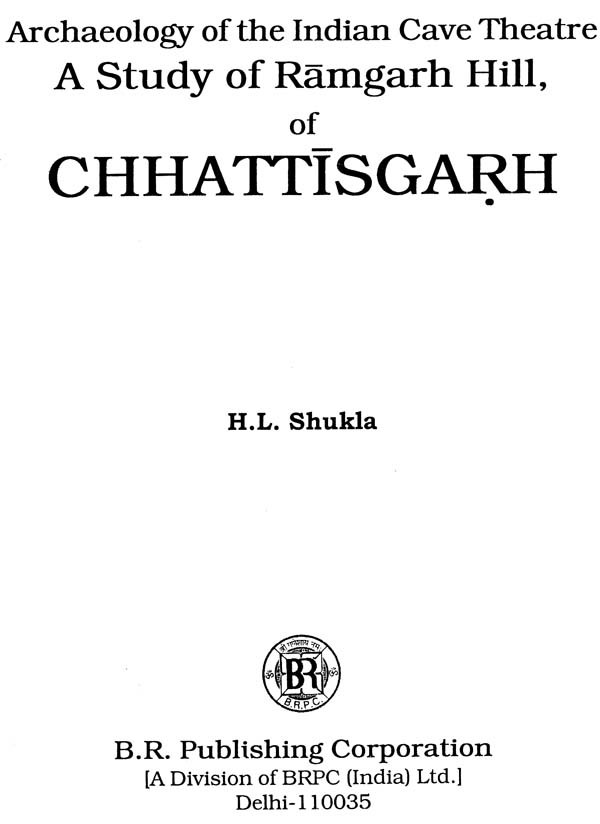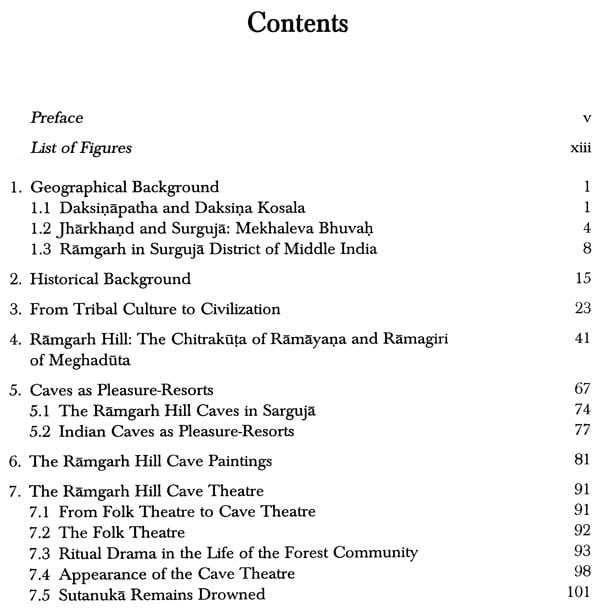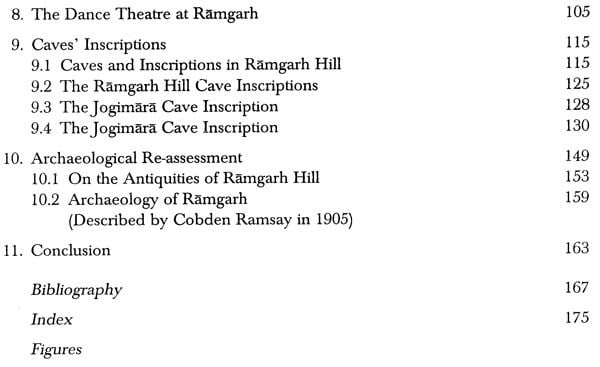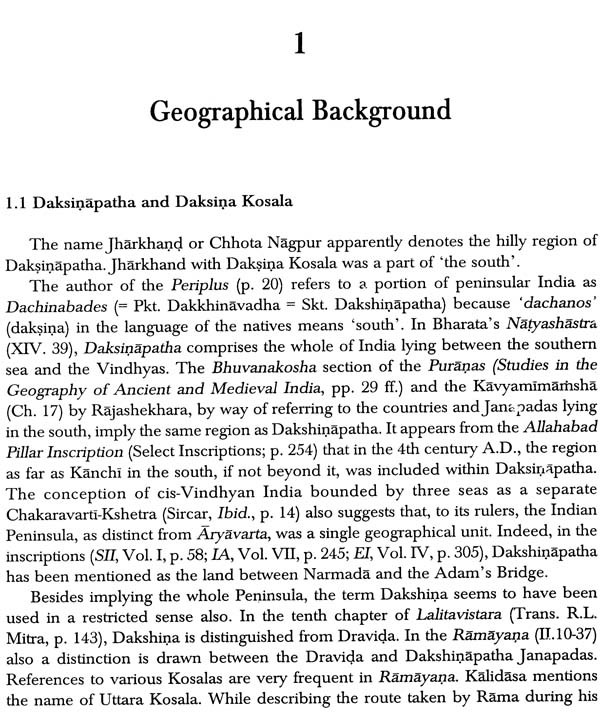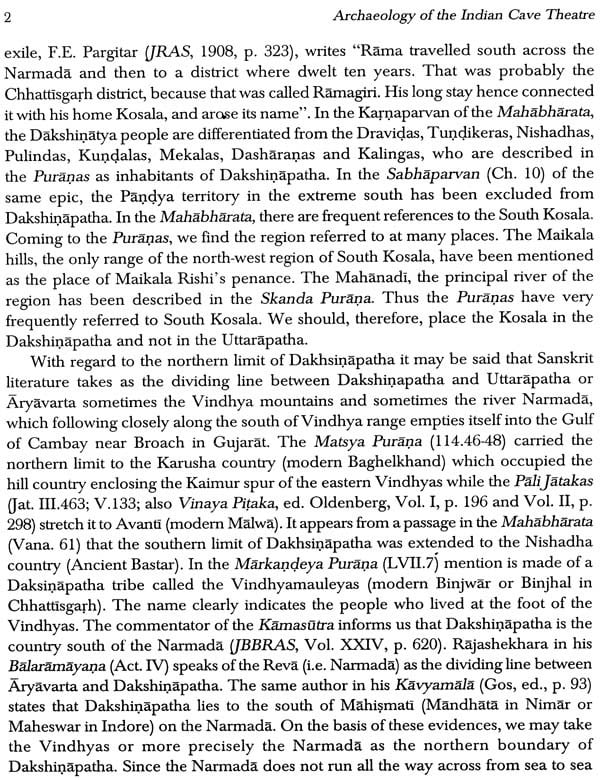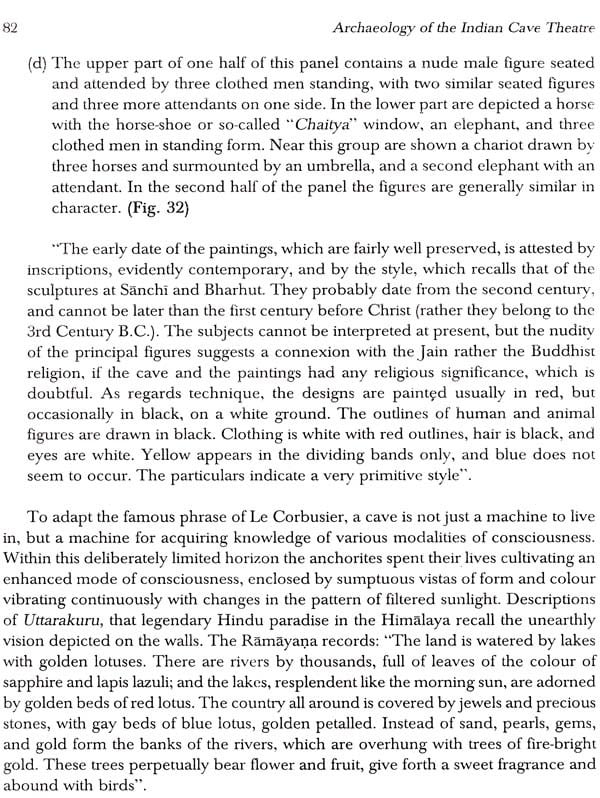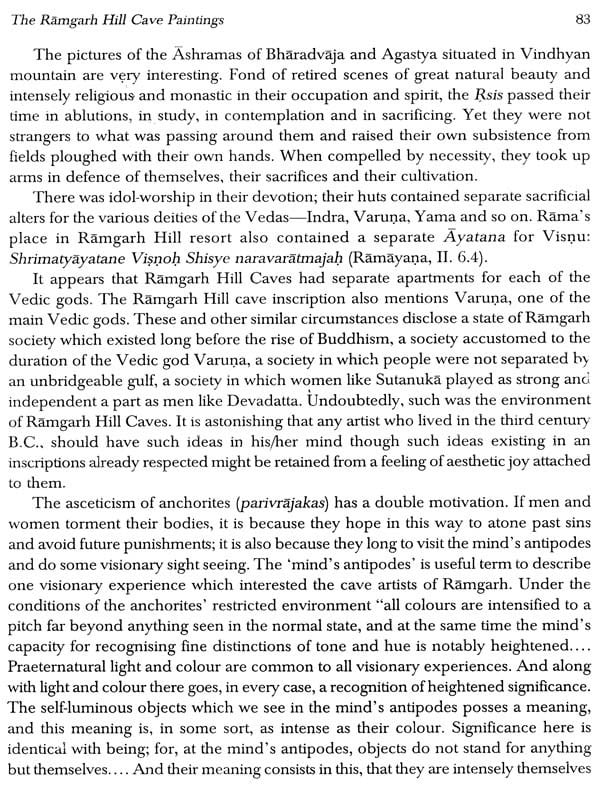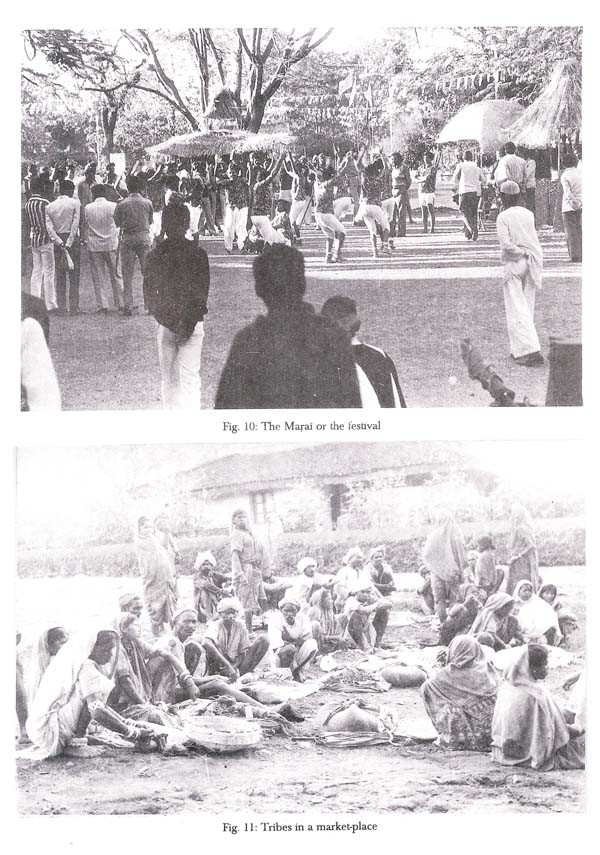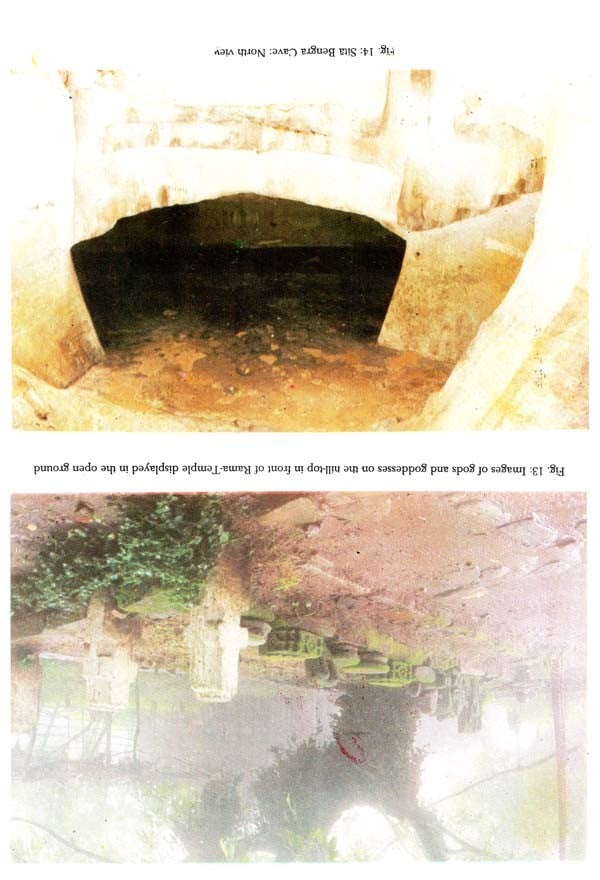About the BookThe student of theatre, wherever his particular interest lies, will accept that the Ramgarh Hill Cave theatre of Chhattisgarh State is the oldest known theatre of the world. We find in Ramgarh Hill Caves a richness of diversity of archaeological material (along with the cave paintings) which can. scarcely be equaled in World. Compared with most other genre of theatrical literature, however, the repertoire of the cave theatre is considerably less prolific, less varied, less immediately appealing and partly for this reason the cave theatre of Ramgarh Hill has been ignored both by archaeologist and theatrical historian. Historical factors produced an artificial break in interpretation of spontaneous drama in Chhattisgarh.
This book Archaeology of The Indian Cave Theatre summarizes the pioneering interpretation of Professor H.L. Shukla in the field of cave theatre research. The data are presented in a well understandable and excellent illustrated form. Therefore, the book is indispensable for archaeologists, theatrical persons, historians and interested readers. The book epitomizes Shukla's greatned should prove to be of permanent tercet and tested in understanding India tan ethos.
About the Author H.L. Shukla (b.1939), among India's best known scholars on cultural history, backs his distinctive writing, his conscientiously independent perspective with rigorous analysis and meticulous research. He has authored more than seventy books. Dr. Shukla served as Professor and Head, Department of Languages and Culture at Barkatullah University, Bhopal, Madhya Pradesh. Currently he is engaged in Cultural Thesaurus of India.
Preface The line tract of land in the northern corner of Chhamsgah (Middle fodia) which hes sung and secure in the fout embrare of the mighty arm of Vidhyan ranges on the three sides and the Korea Forests on the remaining side, tee queue de area, probably the most self center, self contained in the whole regnum of Middle India The natural formation of Surgical is similar to a fort. The creation and colonization of the area are, according to local tradition, ascribed to the Great beer Agatha (Vindhyasya samstambhaya). The tradition when subjected to historical scrutiny, can mean only that it was intrepid Seer who subjugated Vidhyan region to the Aryans and introduced into it the Aryan culture and civilization. The beginnings of Aryanization of Surgical may go back to hoary antiquity. True; indeed, we cannot trace its first beginnings and subsequent developments from the remote dim, shadow past, through the vast sweep of connotes, but available records and traditions show that since third century BC, the culture and civilization of Surgical never went any convulsions violent enough to bring about any complete metamorphosis. Thanks to the isolated situation that a benign nature conferred upon her, she was never a prey to the ruthless foreign invader, who wherever they went changed the aspects of lands they conquered and into which they introduced their own laws and customs and manners. Such is the case elsewhere in Madhya Pradesh and especially in Malawi.
This does not mean, however, that Surgical was enjoying an isolated seclusion. Even at the third century B.C. of which we have records... our forefathers were carrying on a brisk theatre with various components. The wide and varied culture of Chhattisgarh has found expression through the cave theatre of Ramgarh Hill. The Ramgarh Hill cave theatre has made its own valuable contribution to the beginning of Indian theatre. It also paved the way for the reconstruction of ancient Sanskrit theatre the active traditions of which have died out elsewhere in India.
**Contents and Sample Pages**
